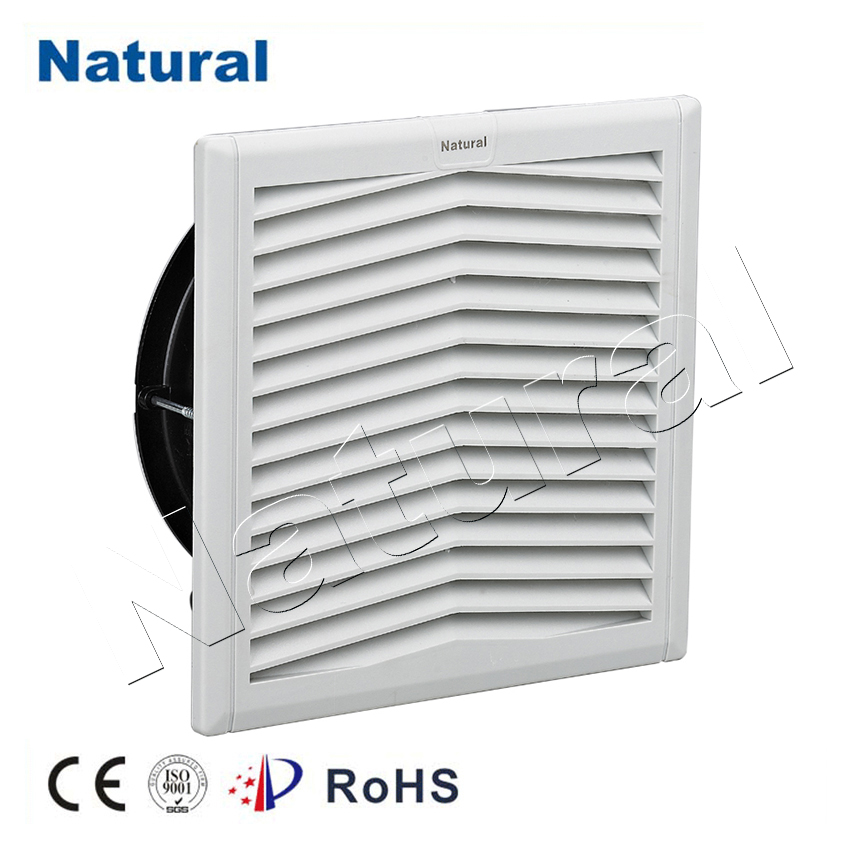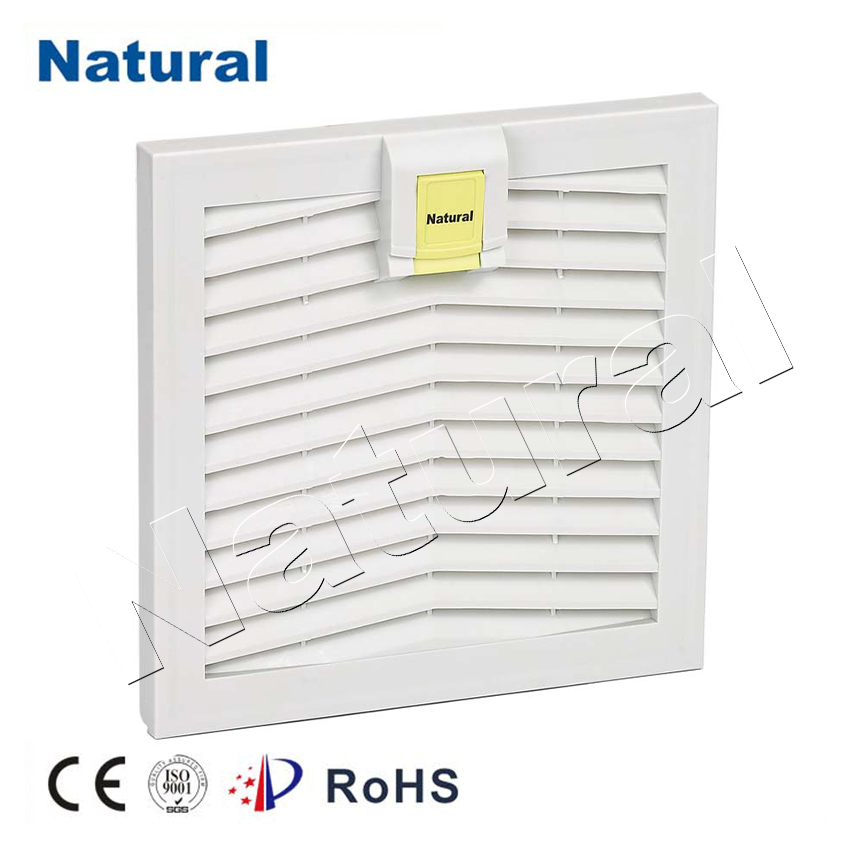In today’s fast-paced world, air quality has become a growing concern, especially in urban environments where pollution and allergens are a constant issue. Indoor air quality is equally important, as it directly affects our health and well-being. One of the most effective ways to improve air quality indoors is through the use of fan filter air systems. These systems combine the functionality of a fan with an air filtration system, offering a comprehensive solution for creating cleaner and fresher air. This article delves into the mechanics, benefits, and applications of fan filter air systems, helping you understand why they are a valuable addition to both residential and commercial spaces.

How Fan Filter Air Systems Work

At the core of a fan filter air system lies a combination of a high-efficiency fan and a specialized air filter. The fan pulls in the surrounding air and pushes it through the filter, which captures dust, pollen, smoke, and other airborne particles. The purified air is then circulated back into the room, creating a cycle of continuous air filtration. There are different types of filters used in fan filter air systems, including HEPA (High-Efficiency Particulate Air) filters, activated carbon filters, and UV-C light filters. HEPA filters are particularly effective at trapping tiny particles, such as allergens and dust mites, making them ideal for households with people suffering from allergies. Activated carbon filters help eliminate odors and volatile organic compounds (VOCs), commonly found in paints, cleaning products, and tobacco smoke. UV-C light filters can be added to kill bacteria and viruses, further improving the overall air quality.

Leave a Reply